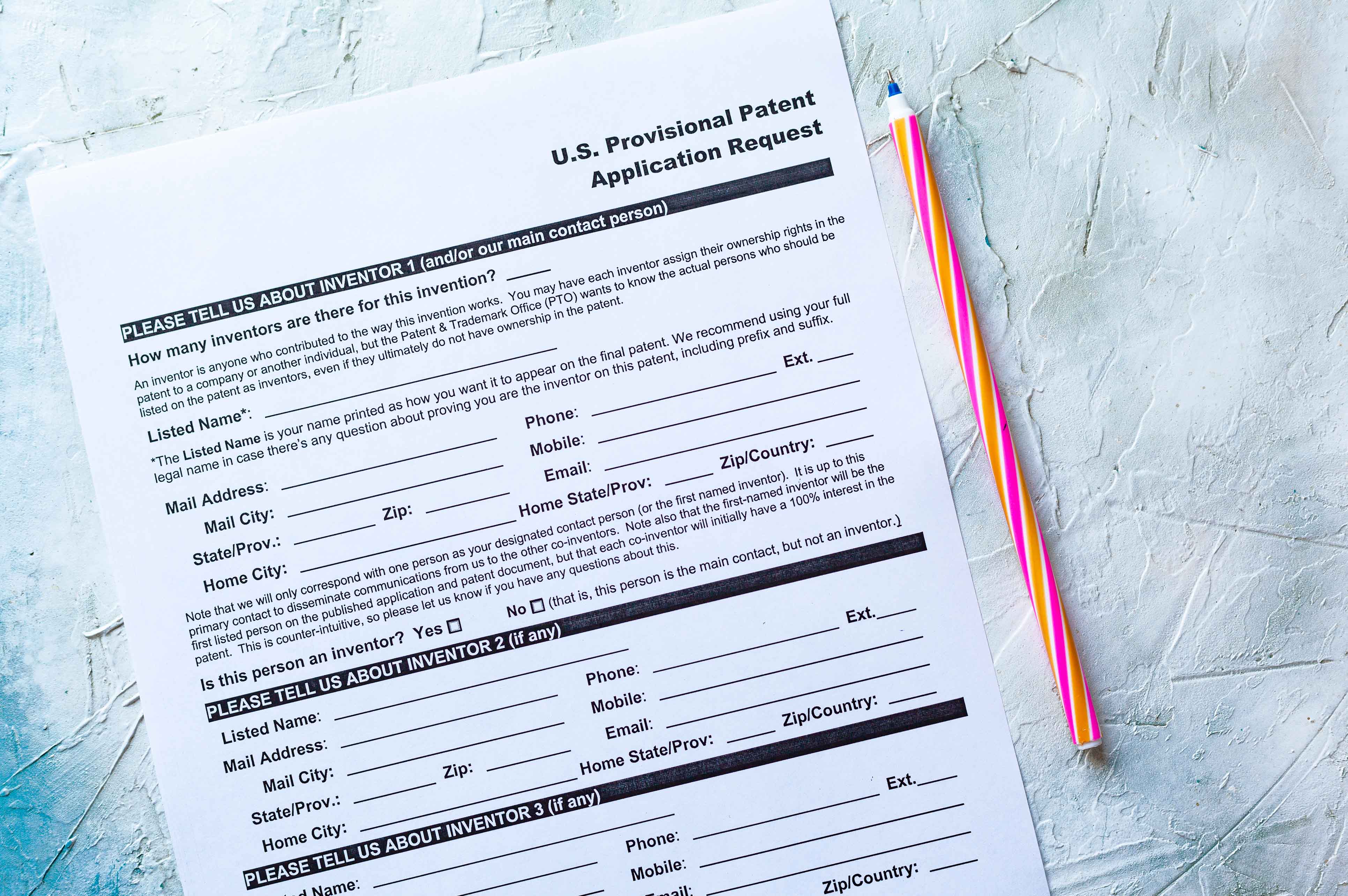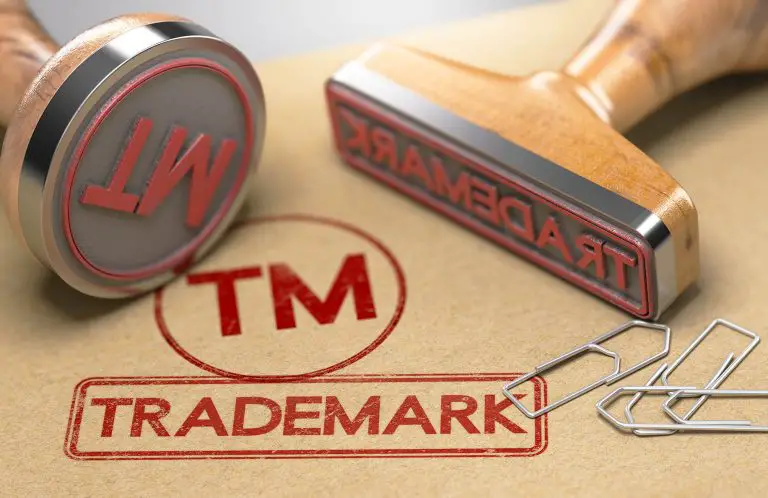Can a Provisional Patent be Extended?
Many inventors often choose to file a provisional patent in place of a regular, nonprovisional patent because provisional patents are less expensive and require less preparation than filing a nonprovisional patent application. We often get the question: can a provisional patent be extended? We will answer this question below.
Filing a provisional patent application with the patent office allows inventors to secure an early filing date until the inventor files a regular, nonprovisional patent application. Applicants need to file a regular patent application within 12 months of obtaining a provisional patent because provisional patent applications do not become patents. But, can you extend a provisional patent? We answer this question in the following paragraph.
Can a Provisional Patent be Extended?
The short answer is: a provisional patent cannot be extended. The patent office does not issue extensions for provisional patents. Provisional patents last for 12 months and that’s it. During that 12 month period, an applicant for a utility patent should file a nonprovisional patent application to capitalize on the earlier filing date of the provisional patent.
If an applicant fails to file his regular, nonprovisional patent application within 12 months of filing the provisional patent application, the provisional patent lapses, allowing other inventors who may have filed a patent application for the same invention to enjoy priority over our hypothetical applicant.
Unless you absolutely have to, you can enjoy provisional patent status for longer, but you have to know that taking the steps we are about to explain to you may cause some big problems, so please proceed with caution.
If your provisional patent is about to expire or has expired, you can prepare another provisional patent application that includes any improvements you’ve made to your invention, and file it with the patent office. That said, doing this may cause some problems.
By filing another provisional patent, you may have a problem if someone else files a patent application for an invention that’s the same as yours after your first filed provisional patent. Since you’re basically abandoning the first provisional patent application, you won’t benefit from that early filing date. You have to go with the filing date of your newly filed provisional patent application.
Now let’s go back to the inventor who filed his patent application for an invention that’s similar to yours after your first provisional patent application but before your newly filed provisional patent application. If your invention is the same or similar, he will now enjoy priority over you because by not filing a nonprovisional patent application within 12 months of filing your first provisional patent, you lose the benefit of claiming the earlier priority date.
This is so because in the United States, the patent office gives priority not to the first person to invent something, but rather to the first person who files his patent application with the patent office.
Just remember, refiling your provisional patent application or filing a subsequent amended provisional patent application comes with the consequence that you will lose the priority date from your first provisional patent application. So, if you’re not concerned about other inventors inventing something that similar to what you’ve invented, you can go ahead and file an additional provisional patent application. That said, you should consult with an attorney before performing any of these actions, especially if your invention is valuable.
Filing a Nonprovisional Patent Application Before the Expiration of Your Provisional Patent
Instead of allowing your provisional patent to lapse, you can file a nonprovisional patent application that has the ability to mature into a patent. By filing a nonprovisional patent application within 12 months of filing your provisional patent, you can continue to market your invention as patent-pending while continuing to enjoy the early priority filing date of your provisional patent.
If you already have a provisional application that you’ve filed with the patent office and you’re getting closer to the 12-month mark, you should contact an attorney to talk about your options. Making the right choice could make the difference between getting your invention patented and leaving the patent office with nothing but lawyer fees and patent application fees.
Public Disclosure of Your Invention
If you publicly disclose your invention after filing a provisional patent you will be barred from filing a subsequent provisional patent application. Public disclosure includes: telling the public about your invention, selling the patent-pending invention or offering it for sale.
Just remember, the patent office does not allow applicants to refile the same provisional patent or one that you’ve made amendments to if more than 12 months has passed from the day you publicly disclosed your invention. So, what’s the takeaway?
If you know that you might need more time to work on your invention before filing a regular patent application, it’s a good idea to keep your invention secret. If you need the assistance of a friend or a student, ask them to sign a confidentiality agreement, agreeing not to disclose your invention to anyone else. That said, while signing a confidentiality agreement does not 100% guarantee that they will not talk to someone else about your invention, it reduces the chances of them doing so.
Here is another tip: If you choose to file a subsequent provisional patent application either because you need more time to work on your invention or because you need to make amendments to your provisional patent, filing a provisional patent application does not constitute public disclosure of your invention.
As long as you’re certain that no else has filed a patent application for an invention that’s similar to yours, you can still file an additional provisional patent because provisional patent applications are not made public, therefore you don’t have to deal with issues that arise when an inventor publicly disclosing his invention.
Cost Savings Associated with Filing a Provisional Patent
Many inventors choose to file a provisional patent instead of a regular, nonprovisional patent application because of the cost associated with filing a regular patent application.
When an inventor or applicant files a regular patent application, he not only has to pay filing fees, but he’s also responsible for paying patent search fees and patent examination fees. It’s an understatement to say that the fees add up. So, instead of paying these fees, many inventors choose to obtain some sort of protection without being liable for thousands of dollars of fees. The protection they opt for is applying for a provisional patent.
Having a provisional patent application filed with the patent office allows inventors to market their product or invention as patent pending. Patent pending is valuable because it tells competitors that you’ve taken legal steps to protect your invention. This discourages some of your competitors from copying your invention and offering it for sale.
Things to Look Out for When Filing a Provisional Patent
When filing a provisional patent application, many inventors make the mistake of not adequately describing their invention. If that sounds like you, take the time to prepare your application. As part of preparing your application write a description that completely describes your invention.
We stress this because if and when you choose to file a nonprovisional patent application to get your patent, the patent examiner will look at your provisional patent application and compare it to the regular patent application to make sure that the invention you described in your provisional patent application is the same invention that you disclosed in your regular patent application.
This is very important especially when you really need that early filing date of the provisional patent to give your invention priority over others who have filed a patent application for an invention that the same as or similar to the one you’re seeking to patent.
Also, pay close attention to dates, like we mentioned 500 other times in the post, dates are important when it comes to patenting your invention. Your filing date, whether you choose to file a provisional application or a nonprovisional application is important because of the U.S system that awards the first to file and not the first to invent.
So, make sure that you file something to hold a place for your invention. If someone steals your idea and heads over to the patent office to patent it, you will lose if you don’t file before them. So, if you have a valuable invention that you know you can commercialize and profit from, contact an attorney, draw up a strategy, and have them help you prepare and file the proper application.
Every person has a different situation, the only way you’ll know what to do is to seek the help of a professional.
If you don’t have the monetary resources to hire an attorney, look for a patent agent. They’re skilled and licensed by the patent office to assist inventors like yourself prepare and file their patent application, as well as communicate and work with the patent office to get you your patent.
Extending a Provisional Patent
By now, you probably know that provisional patents cannot be extended. However, there are some things you can do to enjoy the benefits of your provisional patent. Every situation is different, so if you have any questions about your invention and how to go about patenting it, look for a decent patent attorney who can help you prepare and file the correct application. If you have any general questions or comments, please feel free to leave them in the comments section below.







